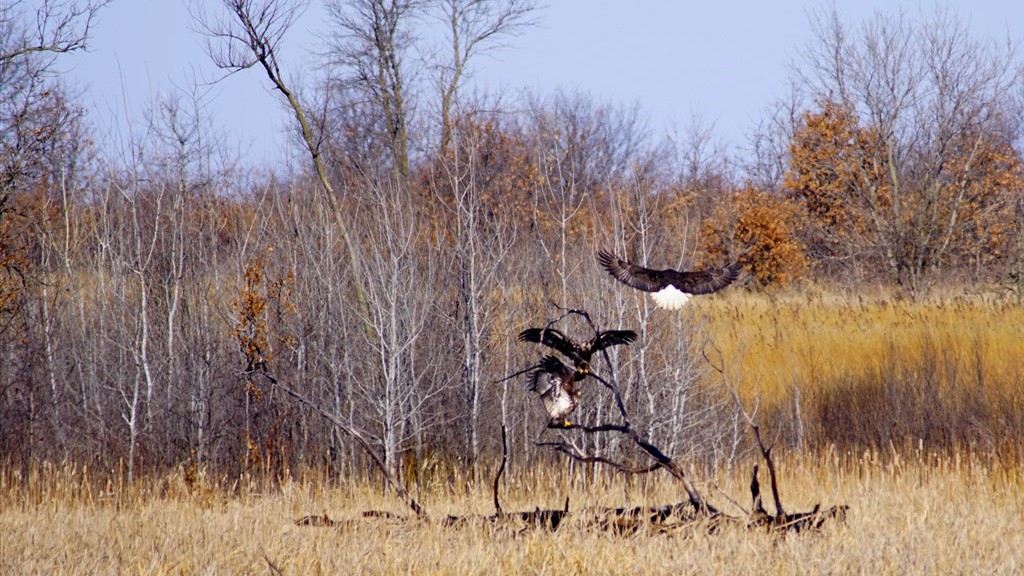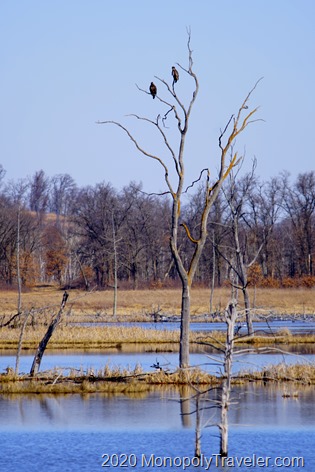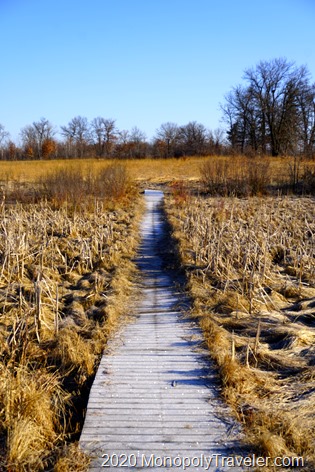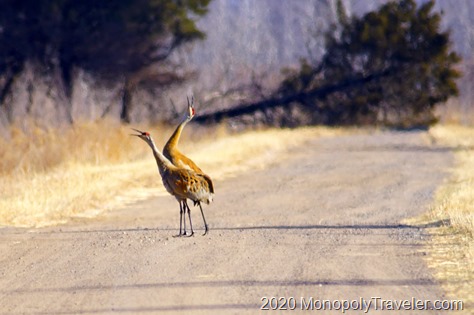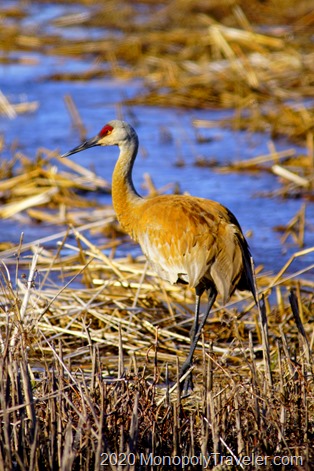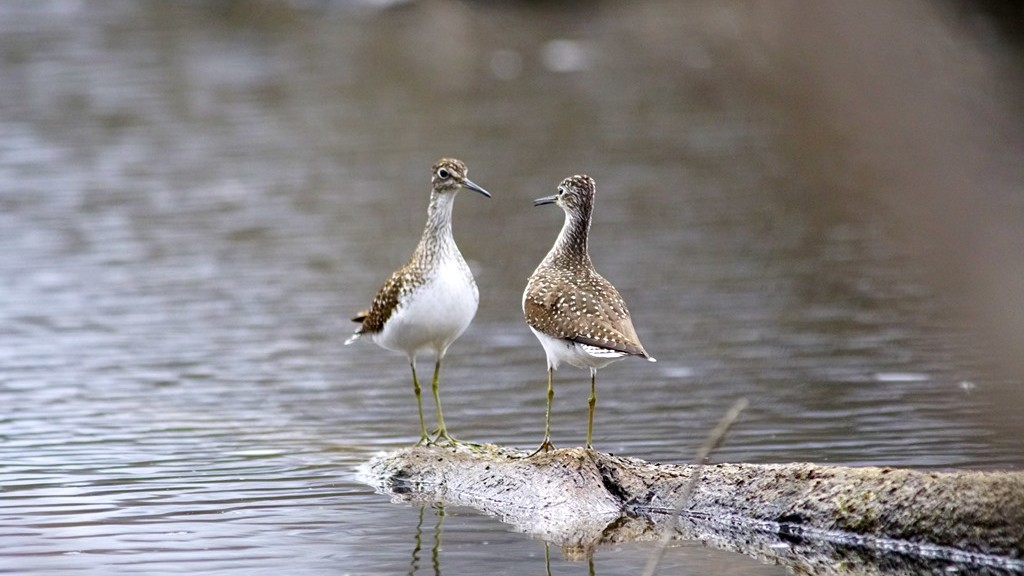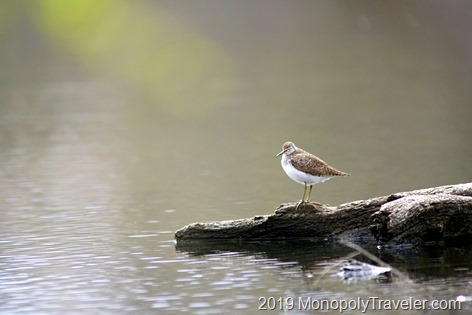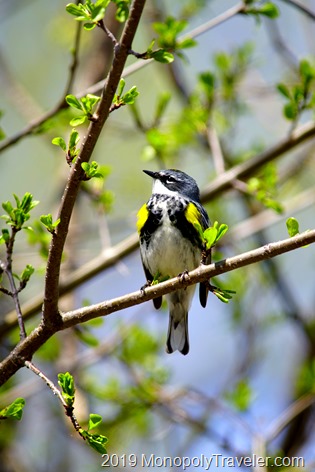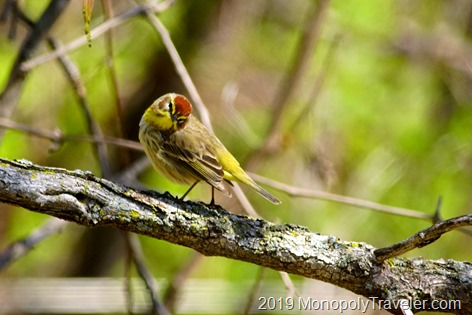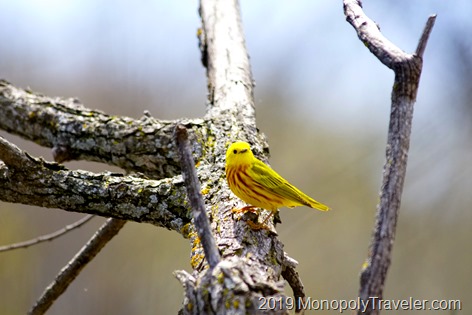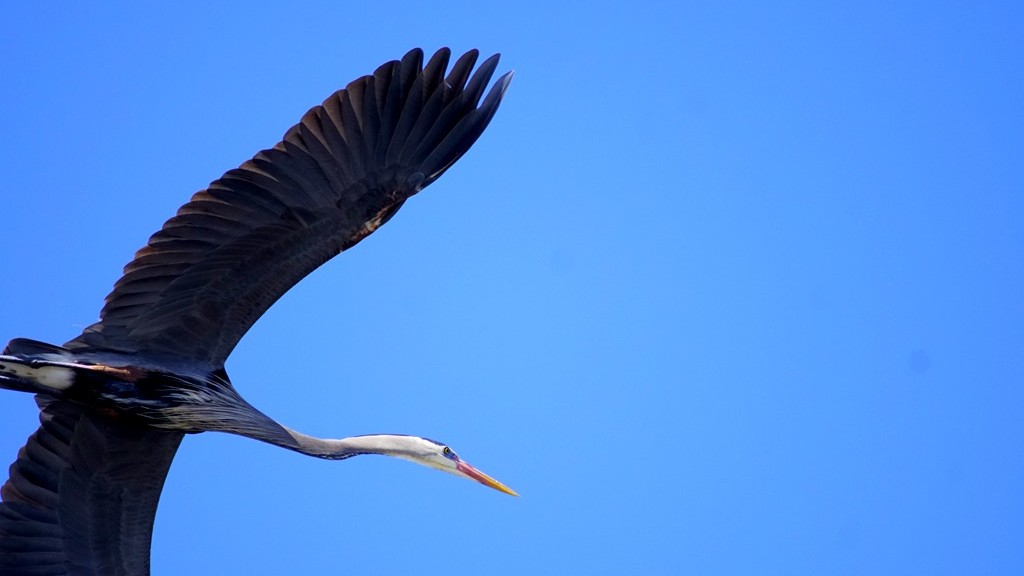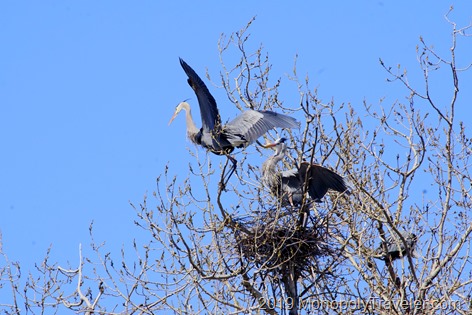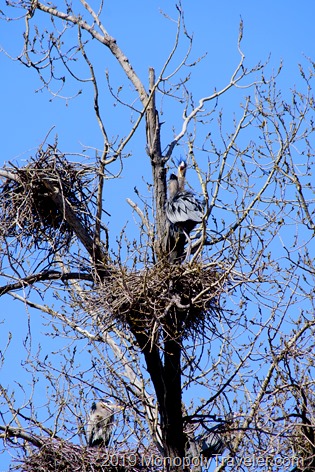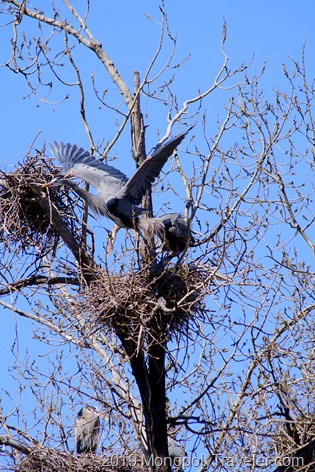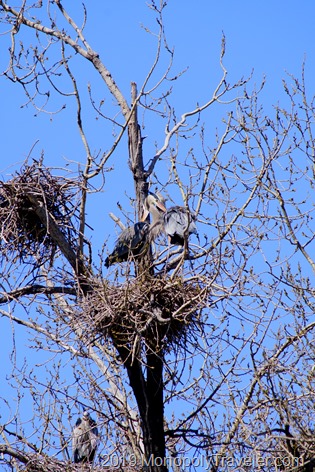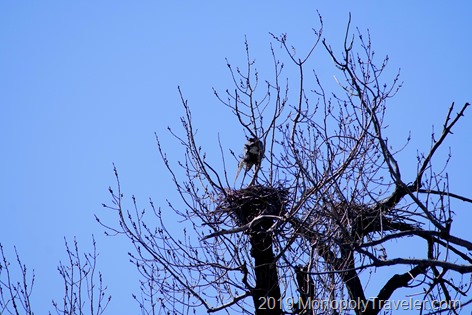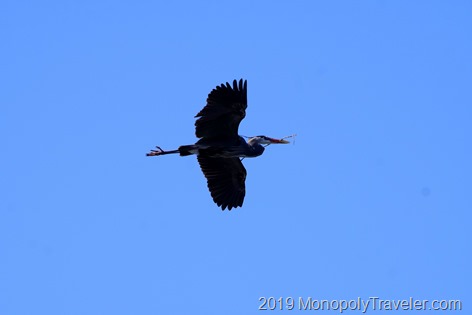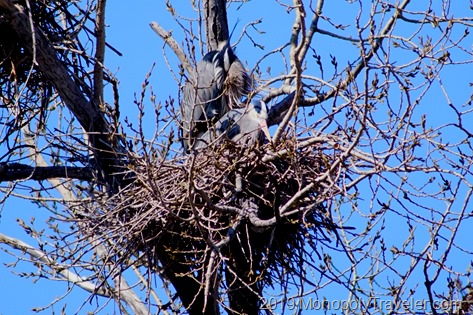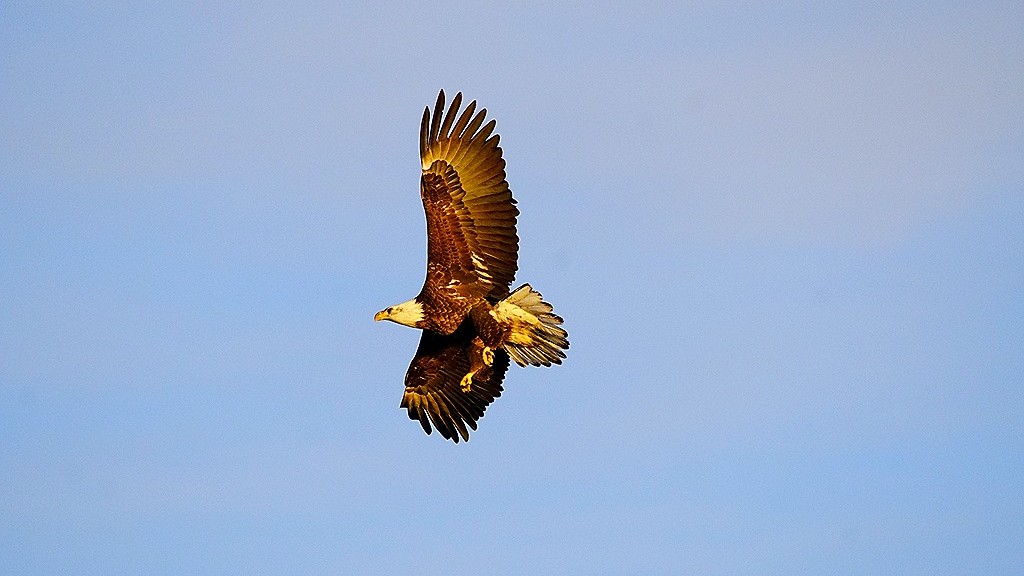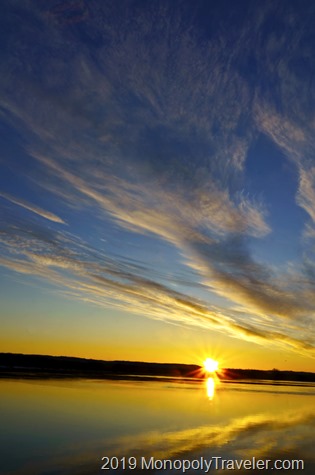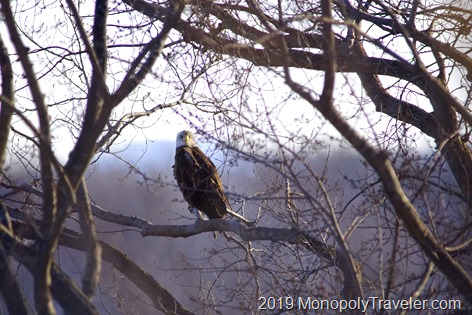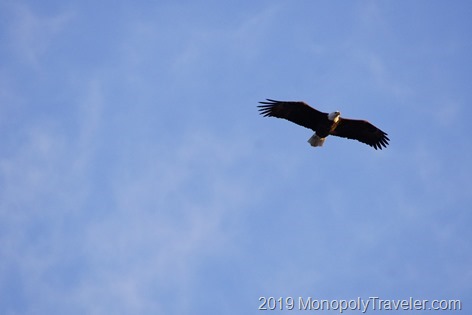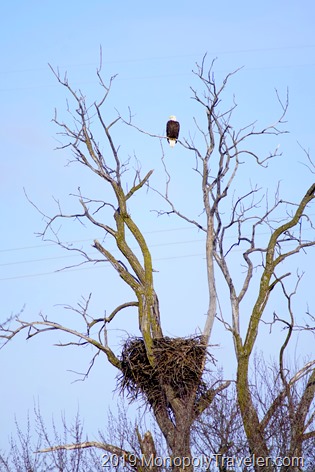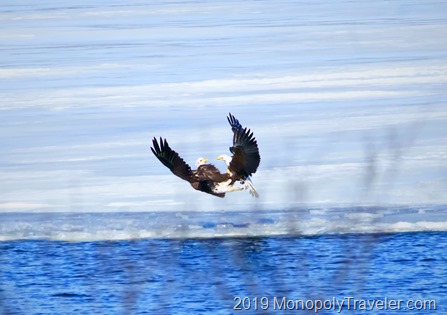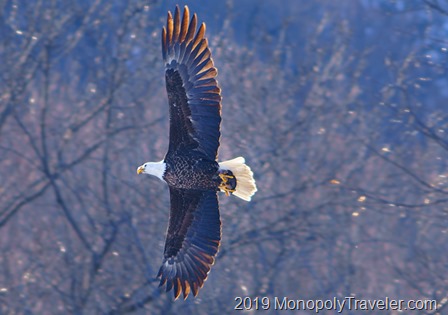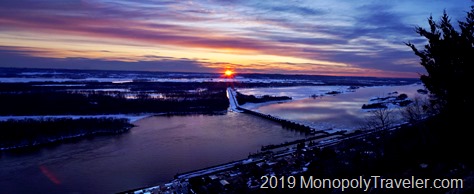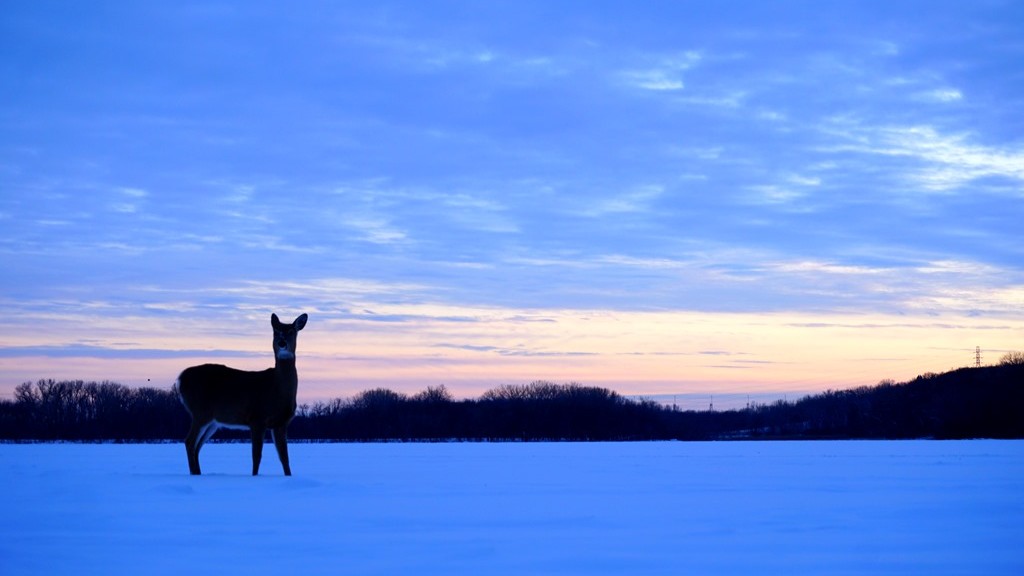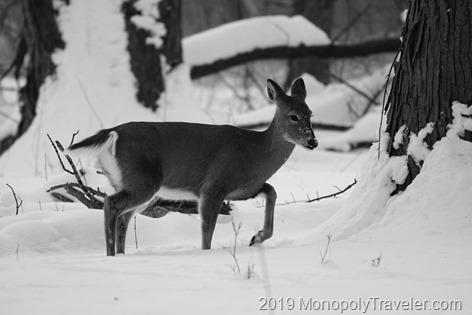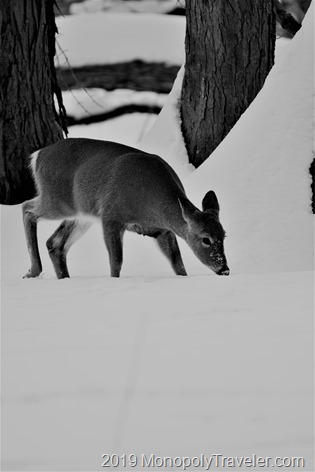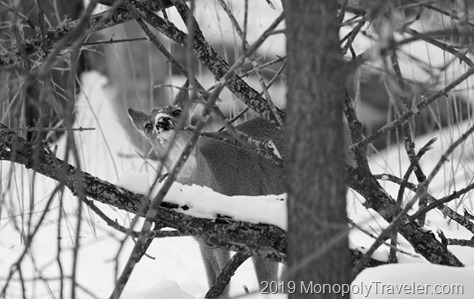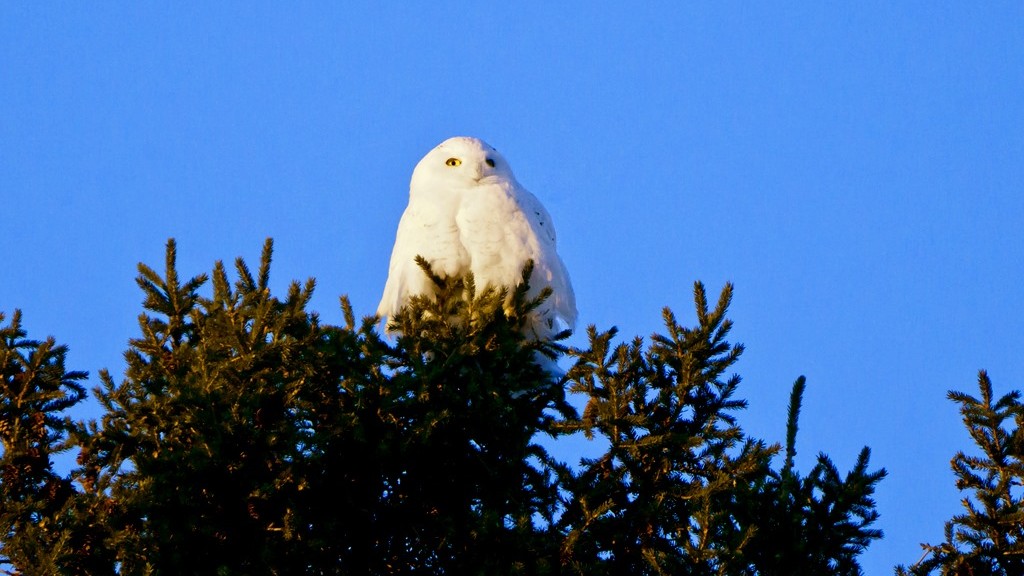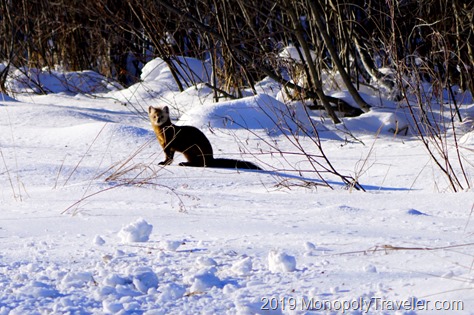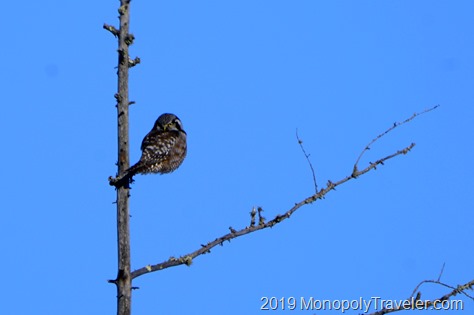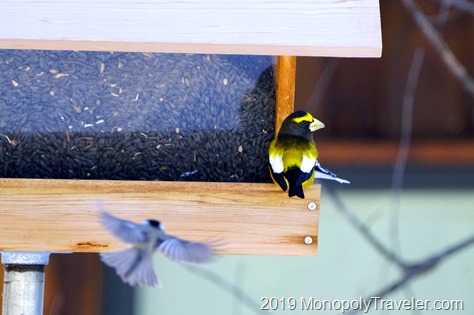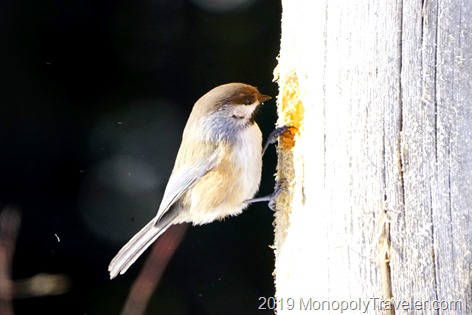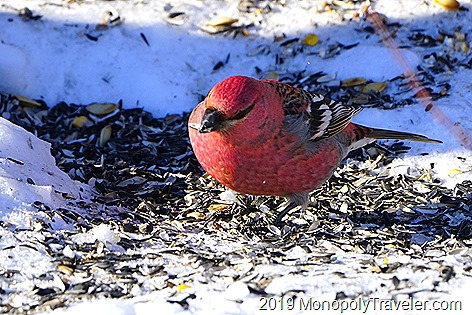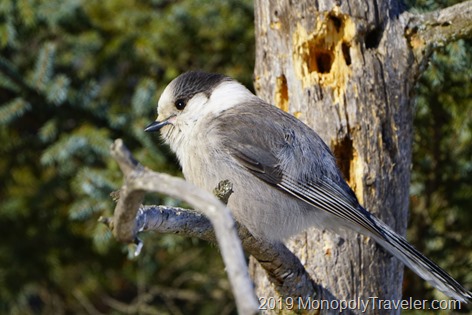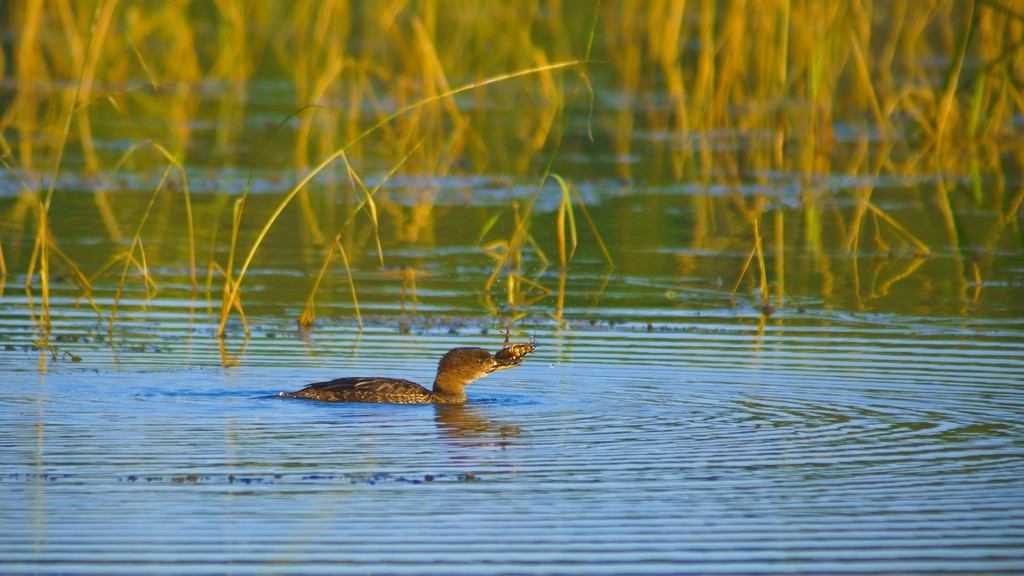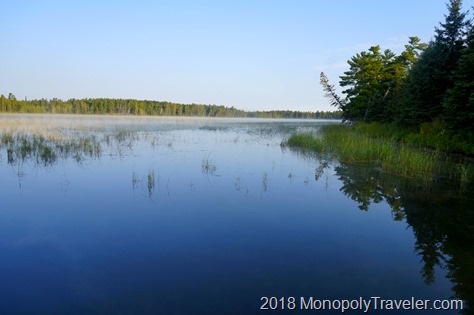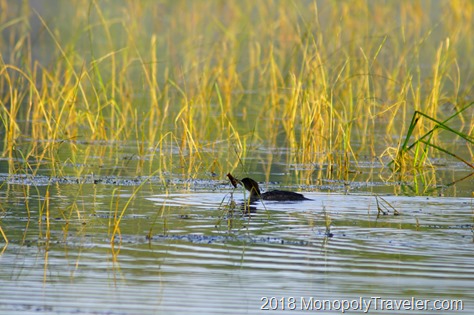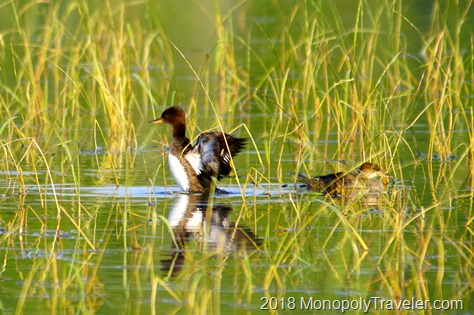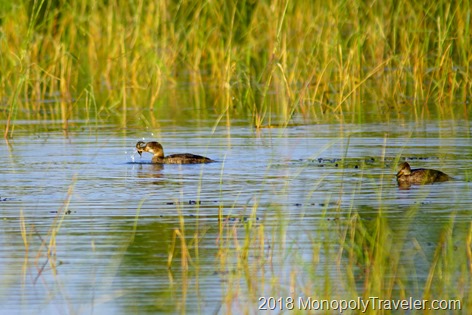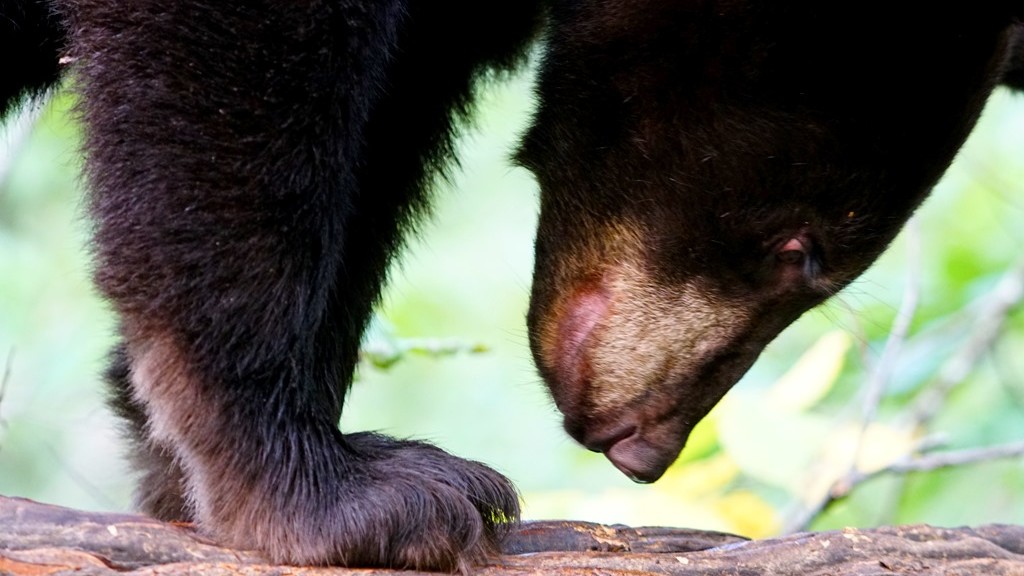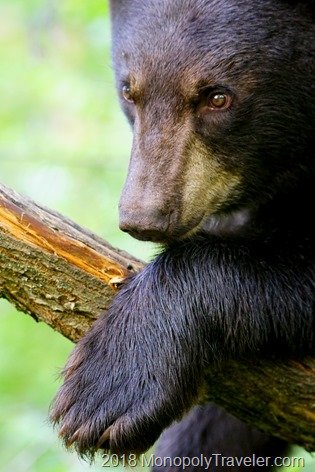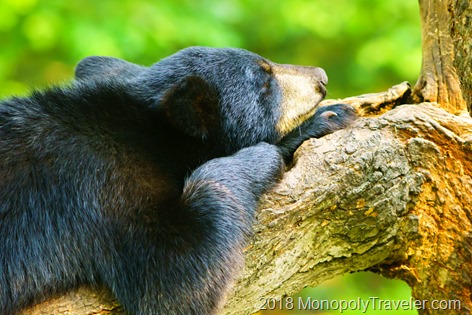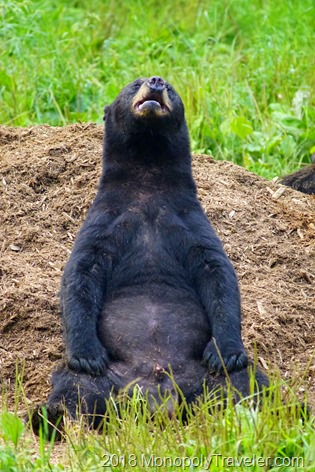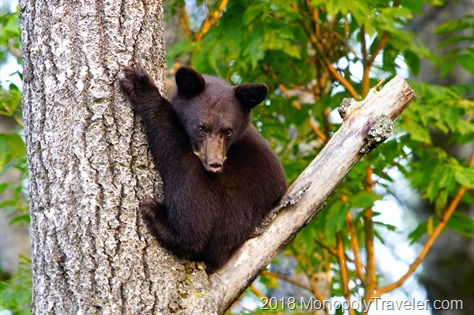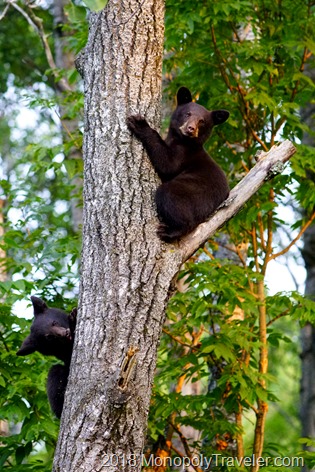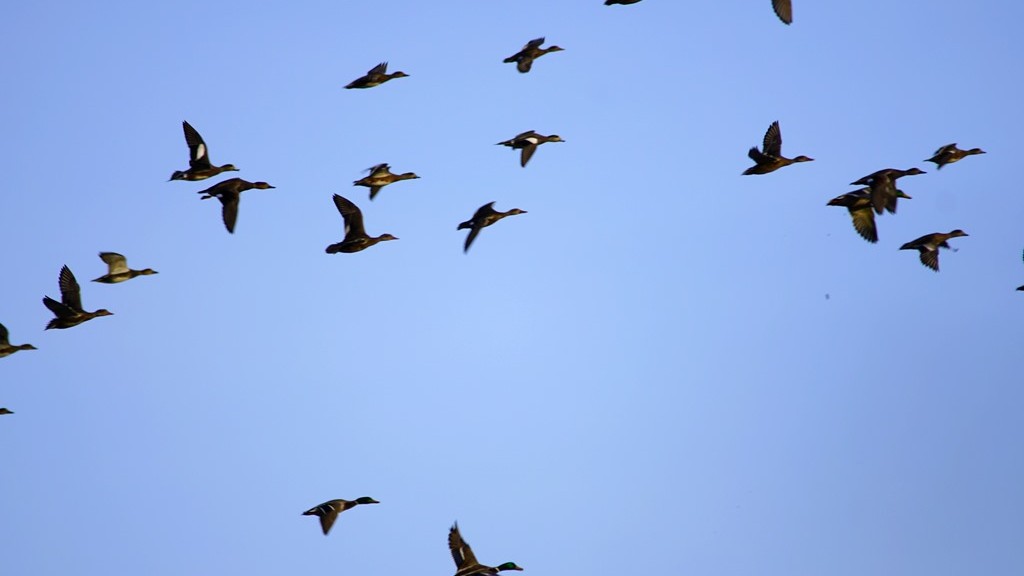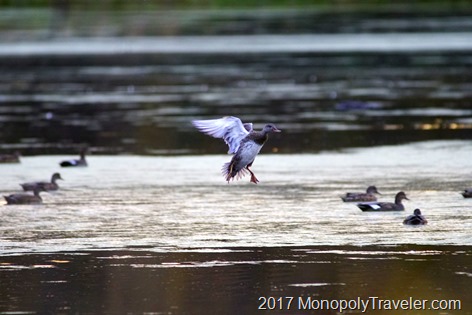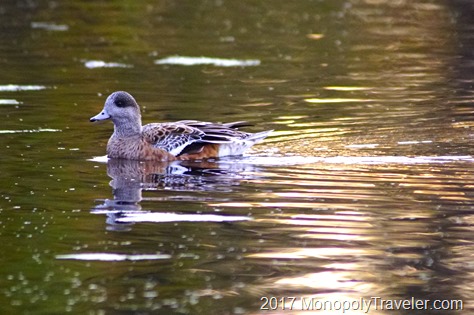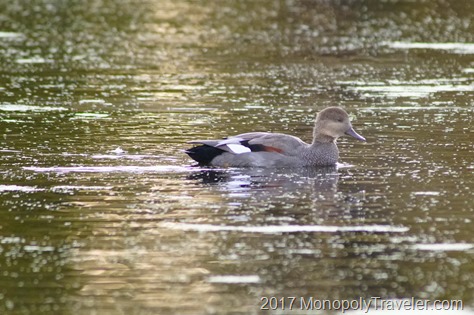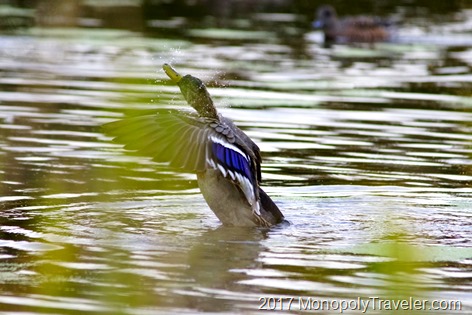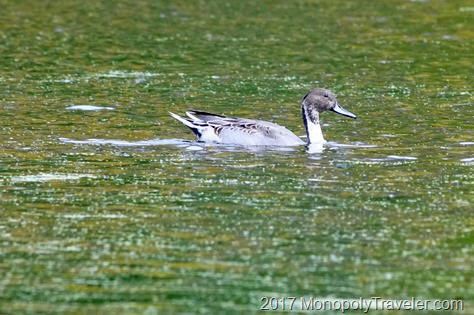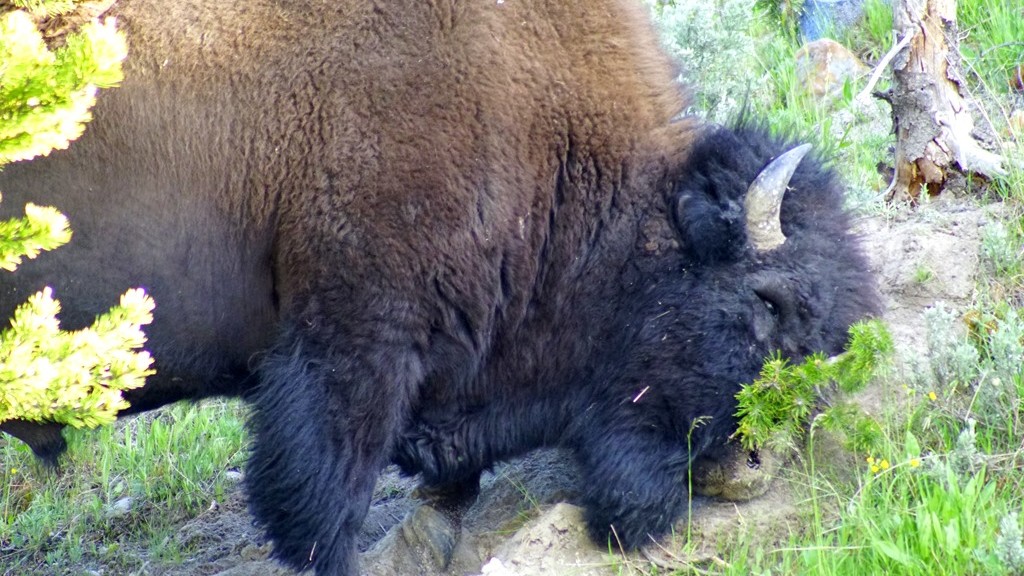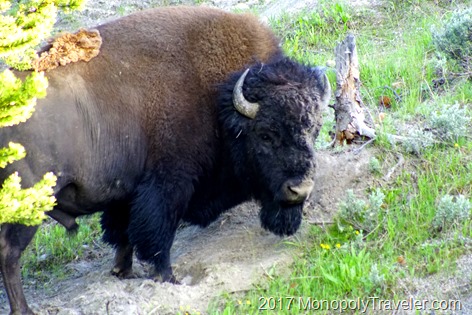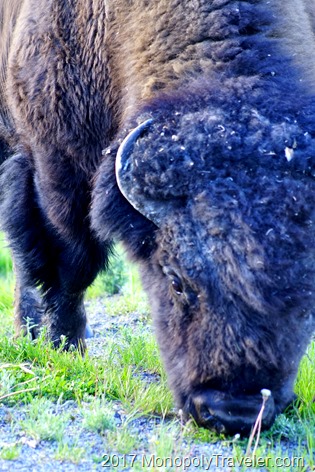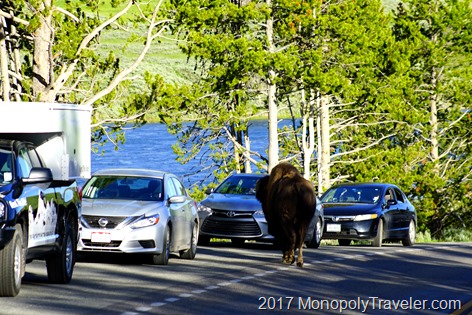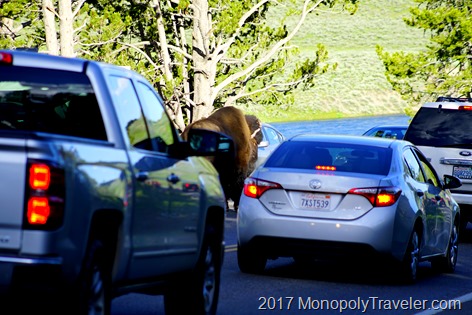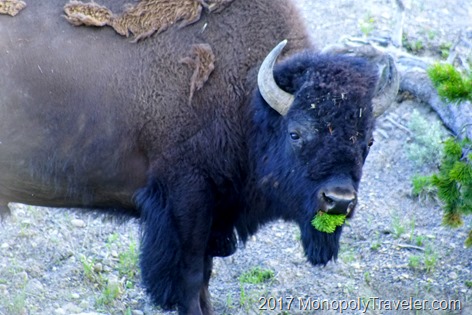With many people taking shelter in theirs homes, the need to get outside for a little change is needed more and more. Fortunately getting out for a walk is encouraged when possible causing parks to be very popular places now. I’ve been able to explore a few places nearby on weekends and I’ve never seen these places so busy. Parking lots are full beyond capacity and signs of people out in nature are visible on many trails with napkins or tissues littering the ground. Whether it’s intentional or accidental I’m not sure. Wildlife must be a little confused on why their normally quiet places are now over run with people out wondering through. Hopefully they can still manage to find calm places as they prepare to raise their newborns soon. While joining these people out visiting nature, I’m reminded of why spring is such a great time of year to view wildlife.
Typically things become a lot more active as birds are migrating north and other creatures are emerging from hibernation. In addition leaves have not yet sprouted making them easier to locate. You can almost see these creatures enjoying a beautiful day taking in the suns rays finally warming up after enduring many cold months. While perched next to my car trying to find a little warmth myself on this cold morning, it was 19 degrees when I arrived, I noticed a large bird take off from a dead tree that I hadn’t noticed before. It flew a short distance and landed on the ground acting kind of like a Northern Harrier Hawk to me. A few minutes later it lifted from the ground returning to its form perch. By this time I had the camera pointed towards it capturing a photo of it landing again. When I went to view this picture on the camera screen I was surprised to identify this bird as a juvenile Eagle. Another surprise when viewing this picture was that another Eagle was also perched in this tree on a branch below.
Watching these Eagles for awhile became less interesting as they just stood their doing what appeared to be a whole lot of nothing. After awhile I caught movement in the sky above me which turned out to be an adult Eagle. I focused the camera on this Eagle in the sky and watched as it approached these two young birds. With appeared as though it wanted to land on this same tree which seemed a bit strange to me as Eagles tend not to want to be that close to other birds during the spring and summer. With only a quiet sound it came in for a landing and the two juvenile Eagles took off. Almost as if the adult was telling the young ones to get out and do something you lazy birds. They began flying around circling the adult a few times and then disappeared. As I continued my drive a little while later, I found these two lazy birds perched in another tree away from where the adult was. It brought a smile to my face thinking that Eagles have to motivate their young from time to time also.
Earlier in the morning I stopped to explore a prairie area looking for the earliest spring blooms of a Pasque flower. It was my goal the week before, along with finding colorful mushrooms, but I did not succeed in locating a plant in bloom as it was a bit too early yet. The trail had some heavy frost on it confirming the cold entering my hands and nose. It was beautiful but not the awe inspiring frosts I’ve seen before. Again I must be too early. No sign of the beautiful Pasque flower even thinking about raising it’s light purple blooms towards the sky. My short hike continued through the prairie without seeing any signs of life but still enjoying all the birds chattering in the trees nearby.
As I continued on my journey through the park I encountered some Sandhill Cranes. These are such fascinating birds to me and I just love watching and listening to them whenever there’s a chance. During the fall migrations through this same area there will be thousands of these birds congregating together but now they mostly stay in pairs warning other cranes this is their territory at the moment. My first indication that other cranes where flying nearby was the head raising squawks of those on the ground I was watching. Fortunately I was able to capture such a moment as two Sandhill Cranes were crossing the road in front of me.
Those cranes continued on into the nearby wetlands where they’re commonly found pecking here and there at what must have been things to eat. They made a wide circle around me eventually continuing on to wherever it was they wanted to go. Meanwhile I just stood next to my car glancing now and then in their direction and occasionally lifting my camera to capture a shot. My goal is to disturb wildlife as little as possible so I try not to chase after them attempting to get a better picture. I would rather miss a shot and let the animal stay calm when possible. Patience is often rewarded as these cranes paused in some nice sunlight allowing me to grab a few photos of them before they moved on. I could have stayed here all day just watching and listening as the animals continue to meander around.

